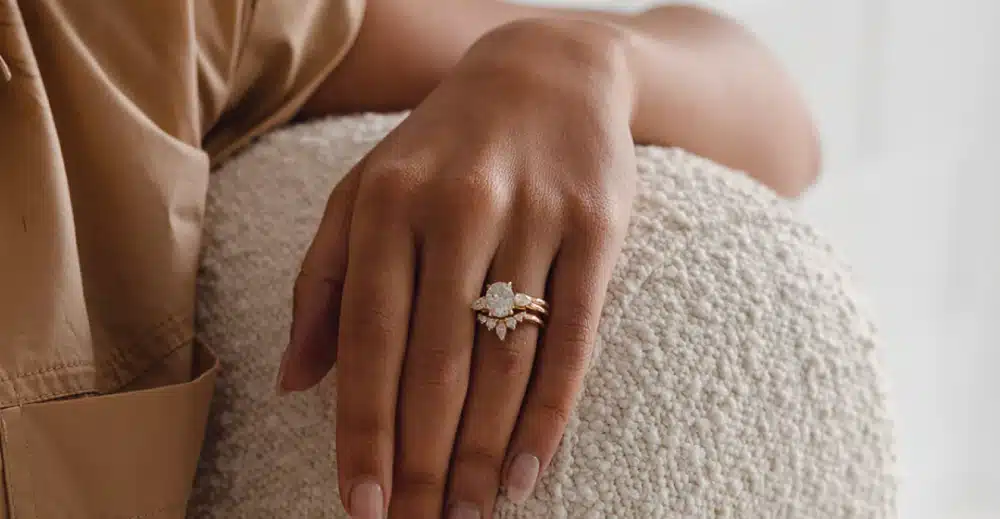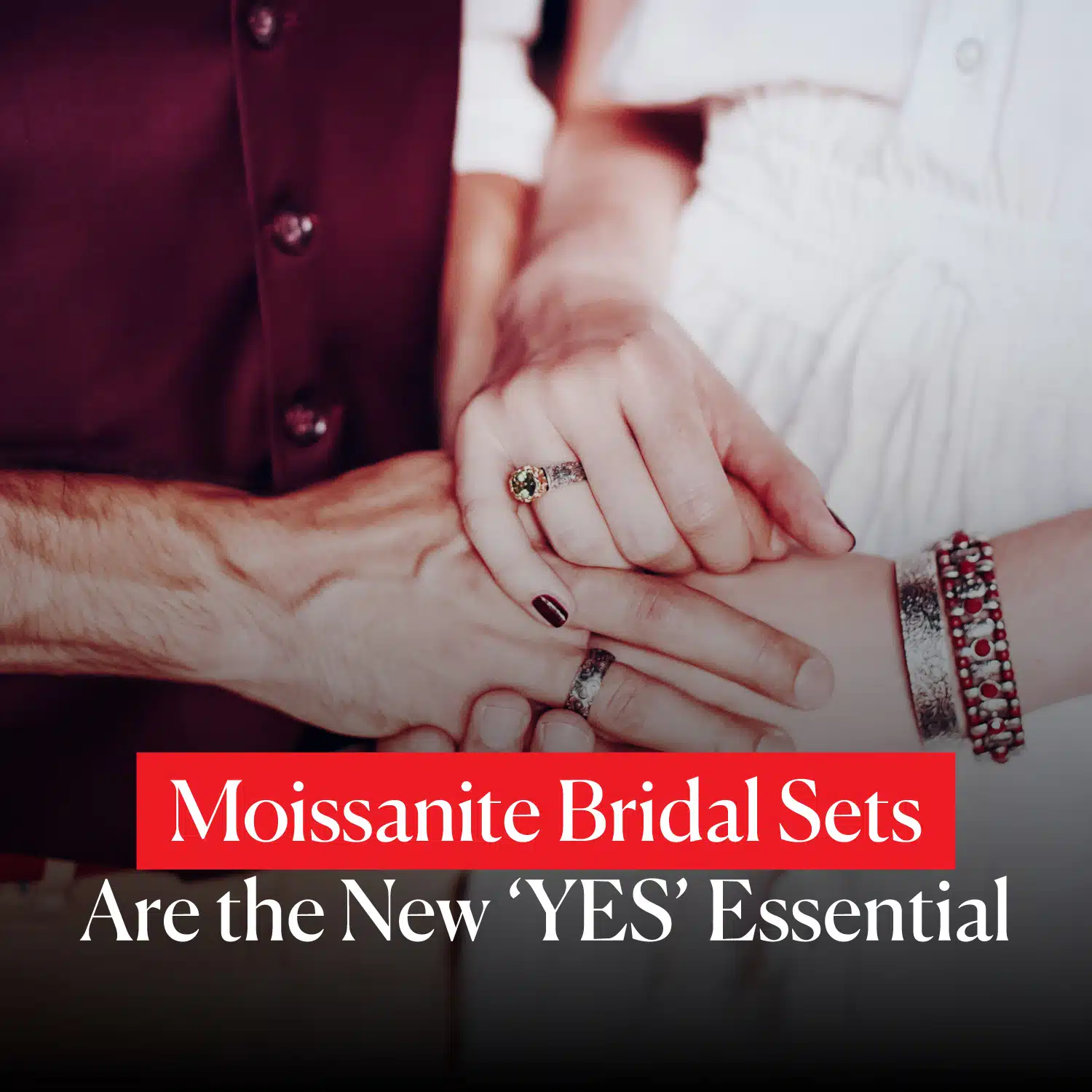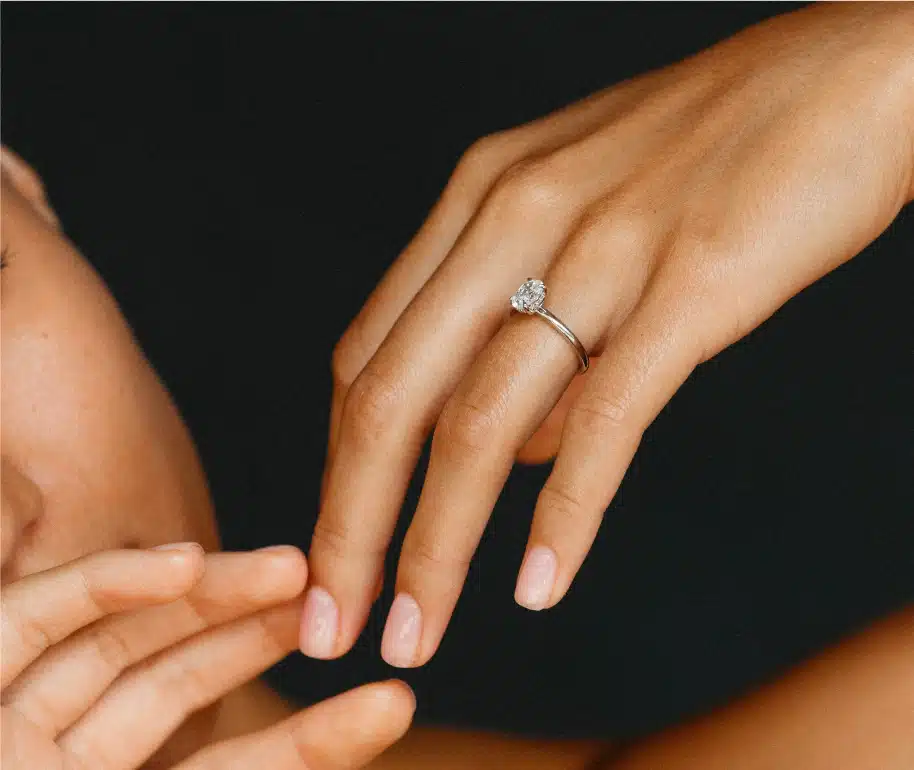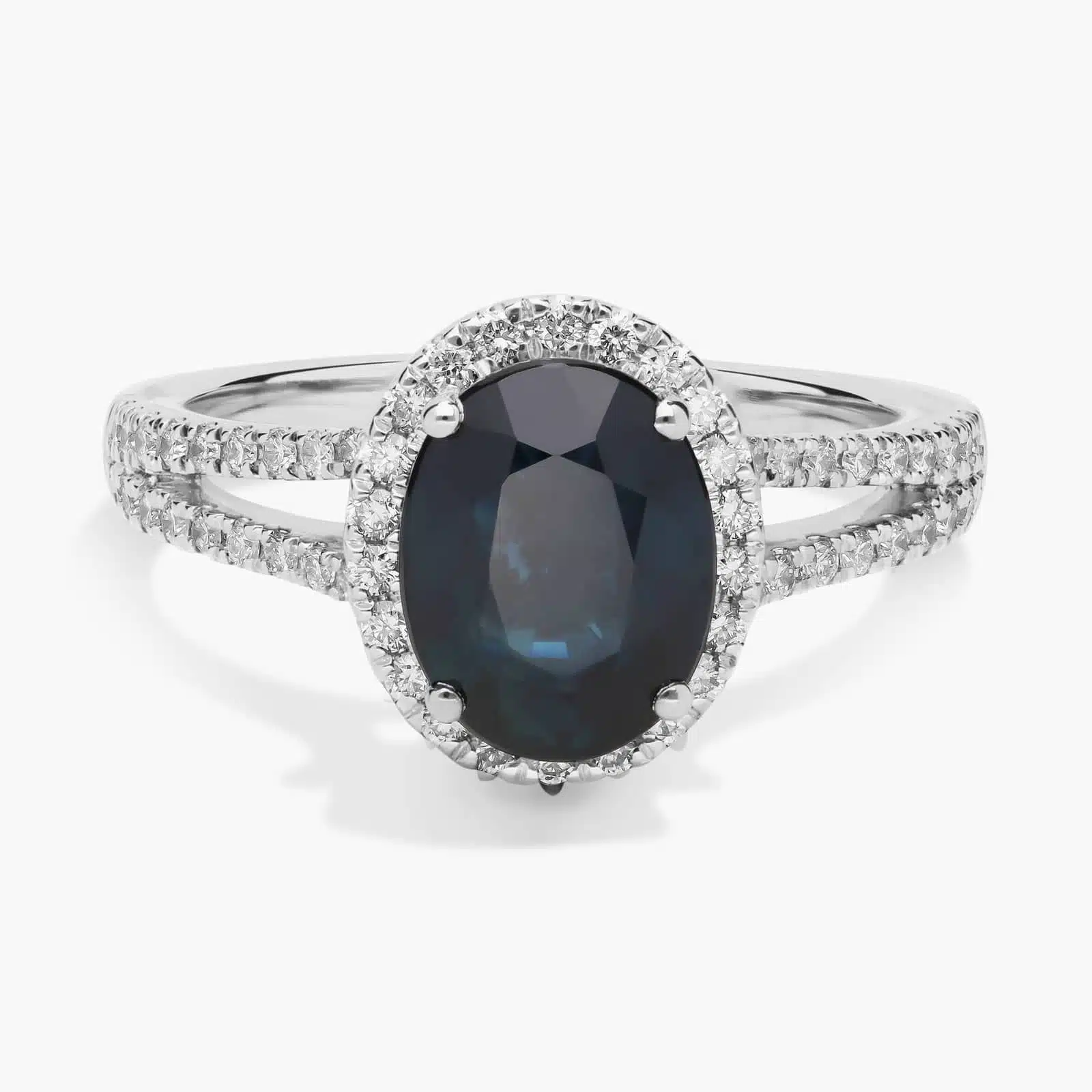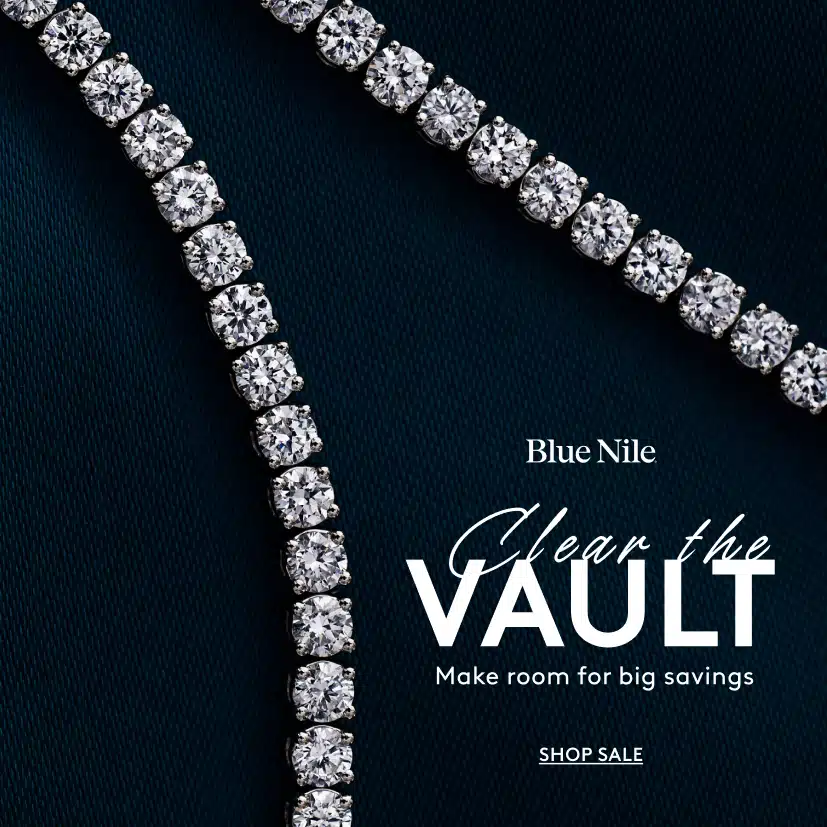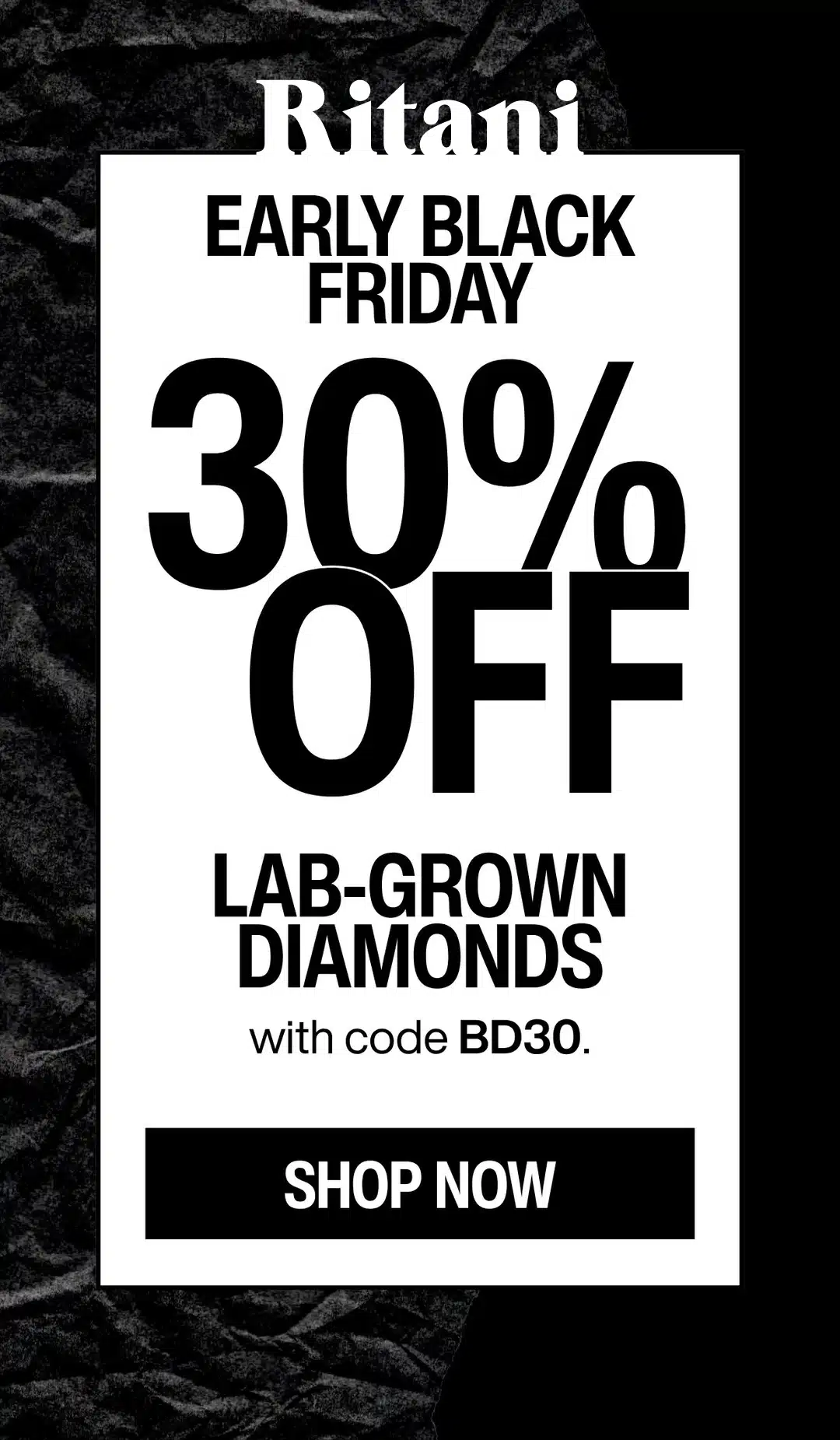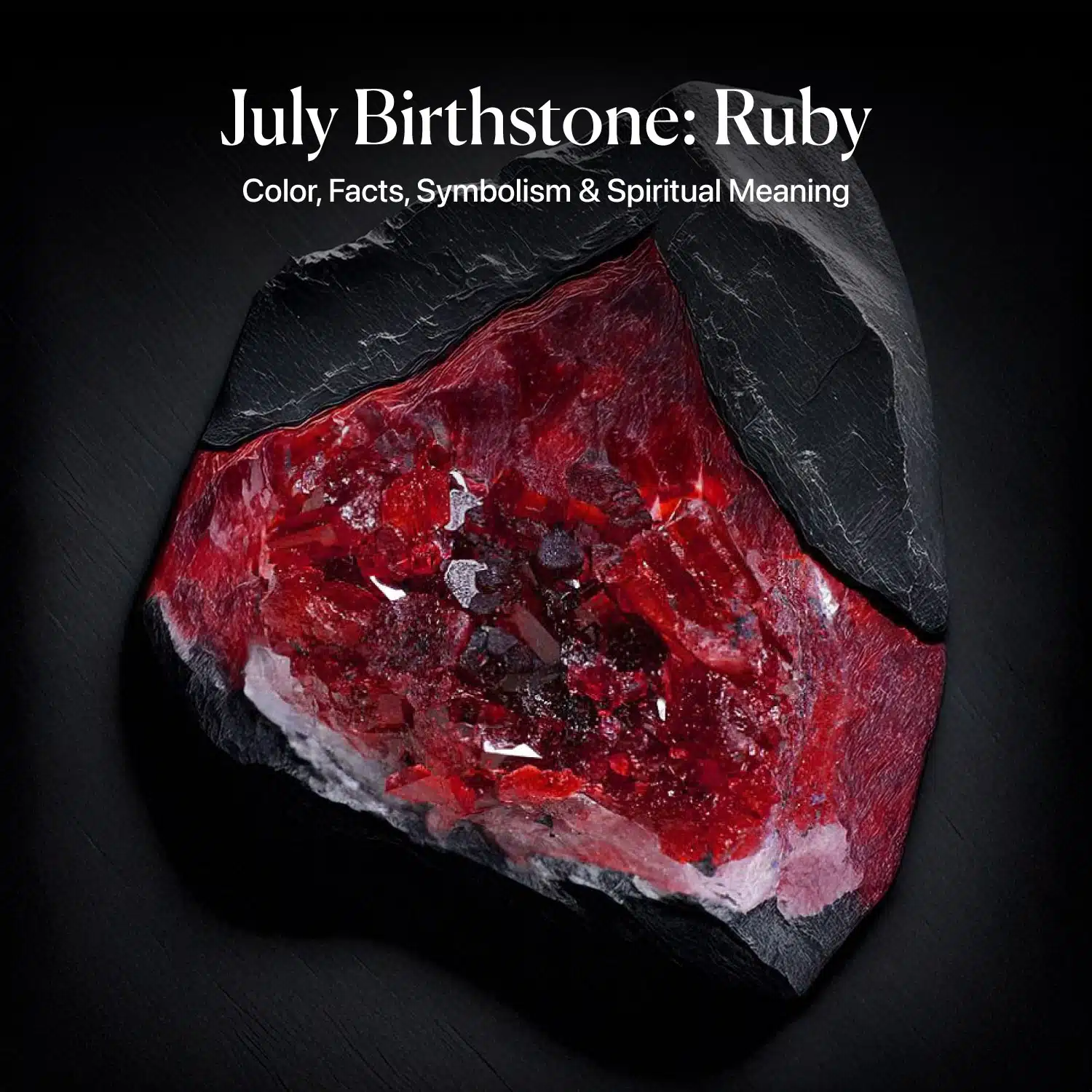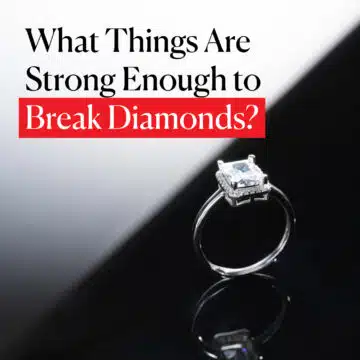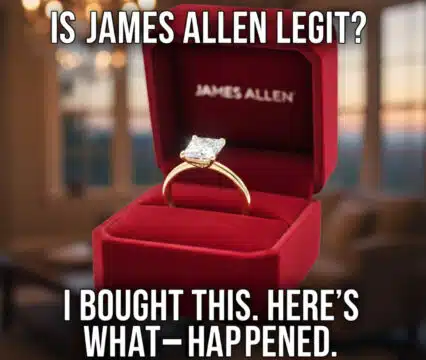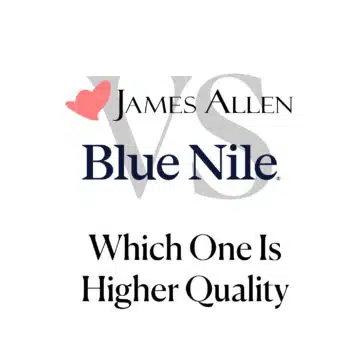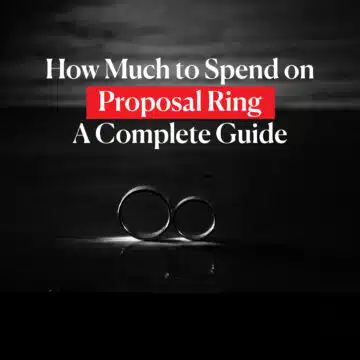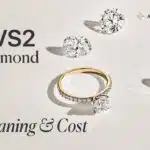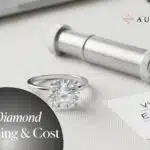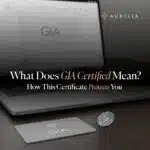Alright, let’s talk about the July birthstone. It’s the ruby, a gem with more fire, history, and passion packed into it than almost any other stone on earth. But there’s a big difference between just knowing the birthstone is ruby and actually understanding it.
I learned that lesson the hard way. Early in my career, long before I was advising people like you, I worked on the supply side of the jewelry business. I’ll never forget looking at a tray of what seemed like a hundred identical red stones.
They were all rubies. But one was priced for a simple birthday gift, and the one right next to it was priced for a monarch. To the naked eye, there was almost no difference.
That moment stuck with me. It’s why I decided to switch sides.
After a decade in the trade, seeing how these gems are priced and sold, my mission now is simple: to be your person on the inside. I’m here to give you the straight-up, honest story so you can find something beautiful without the guesswork and anxiety.
So in this guide, we’re going to cover it all. We’ll get into the legends, the spiritual side, and what that incredible red color really means. More importantly, I’ll give you a simple, practical framework for buying one. We’ll even get to the one question that can save you a world of regret down the line.
Ready? Let’s get into it.
- What Does a Ruby Truly Mean? (More Than Just a Pretty Stone)
- The Quick Facts: A Cheat Sheet for the July Birthstone
- Decoding Ruby Colors: "Pigeon's Blood" and Other Myths
- The July Birthstone and Your Zodiac Sign
- My Insider's Buying Guide: How to Buy a Ruby Without Regrets
- Gifting a July Birthstone: Ideas That Go Beyond the Obvious
- Can't Do Ruby? Your Best Alternative July Birthstones
- So, Where Do You Go From Here?
- Your Questions, Answered (FAQs)
What Does a Ruby Truly Mean? (More Than Just a Pretty Stone)
So, we’ve established that a ruby is more than just a red rock. But what’s the actual story behind it? When you hold one, you’re holding centuries of belief, power, and passion. This isn’t just a pretty object; for most of history, it was seen as a tool, a talisman, and a piece of frozen fire. Let’s break down what that really means.
The Symbolism: Power, Passion, and Protection
Long before a ruby ever sat in a pristine, velvet-lined display case, it was carried onto the battlefield. This is the single most important thing to understand about its history. It wasn’t just jewelry; it was armor.
Burmese warriors, for instance, would literally embed rubies into their skin before a fight, believing the gem made them invincible. They weren’t just hoping for good luck; they believed the stone held a tangible power.
For kings, queens, and nobles, a ruby was the ultimate status symbol. It was a projection of their divine right to rule, their wealth, and their vitality. In ancient India, the ruby was called ratnaraj, which translates to “king of precious stones.” It was seen as the leader of all gems.
And a lot of that comes down to its color. It’s impossible to look at a deep, vibrant ruby and not think of blood—the very essence of the life force. That powerful connection is why it has always been the ultimate symbol of passionate, romantic love and deep desire.
Basically, if you strip away all the lore, you’re left with these core ideas. People have always believed a ruby brings:
- Love & Passion: Its fiery red is the universal color of desire and deep affection.
- Courage & Protection: It was seen as a shield against harm, illness, and bad luck.
- Vitality & Energy: It was thought to boost life force and bring youthful energy to the wearer.
- Wealth & Success: A stone of nobility, it was believed to attract prosperity and good fortune.
The Spiritual Vibe: What Energy Does a Ruby Hold?
Okay, so warriors and kings loved it. But what does that mean for you today, living in the 21st century? How does that ancient energy translate now?
Well, the modern spiritual take on ruby isn’t that different from the historical one, it’s just framed in a more personal way. People who are into crystal healing and energy work see the ruby as a major amplifier. Think of it less like a magic charm and more like a personal battery charger for your soul.
It’s a stone of ambition and motivation. It’s believed to fuel your inner drive, helping you push past procrastination and a fear of failure. It doesn’t do the work for you, but it’s said to give you the kick of confidence you need to get started.
It’s the kind of energy you want to tap into when you have a big presentation, a difficult conversation, or you just need to feel more powerful and present in your own skin.
For those who follow chakra traditions, the ruby is powerfully connected to the Root Chakra (also known as Muladhara). In simple terms, your Root Chakra is your foundation. It’s all about stability, security, and feeling anchored to the earth.
A ruby is thought to supercharge that chakra, helping you feel more grounded, secure, and confident in your own existence.
The Quick Facts: A Cheat Sheet for the July Birthstone
Alright, let’s cut through the noise. While the stories and meanings are the soul of the stone, the practical facts are its bones. If you’re going to truly understand a ruby, you need to know what it’s made of and how it behaves in the real world.
I’ve boiled down the must-know technical specs into this simple cheat sheet. Pay attention to the “Why It Matters” column—that’s where the textbook ends and the practical advice begins.
| Attribute | The Straight Scoop | Why It Matters to You |
| Stone | Ruby | This is the primary and most recognized birthstone for July. When someone says “July birthstone,” they mean ruby. It’s the undisputed king. |
| Mineral Family | Corundum | This is an insider fact that’s genuinely useful. Ruby is the red version of the mineral corundum. Any other color—blue, pink, yellow—is called a sapphire. Technically, a ruby is a red sapphire; the industry just gives the red ones a more famous name and a higher price tag. |
| Color Source | Trace amounts of Chromium | This element is the secret sauce. The amount of chromium mixed into the corundum crystal is what creates the red color. More chromium generally means a more intense, fiery red. It’s the key ingredient for its famous glow. |
| Hardness | 9 on the Mohs Scale | This is hugely important for anyone who wants to actually wear their jewelry. A 9 means a ruby is a tank, second only to diamond in hardness. It’s built for real life—it resists scratches from everyday hazards like doorknobs, keys, and countertops. It’s not just pretty; it’s practical. |
| Common Treatments | Heat Treatment | Let’s be upfront about this: the vast majority of rubies on the market are gently heated to permanently improve their color and clarity. This is a standard, stable, and completely accepted practice in the trade. It’s crucial to know this so you have realistic expectations. |
| Anniversaries | 15th and 40th | A ruby isn’t just a random gift choice for these milestones. It’s chosen specifically because its symbolism of deep, enduring passion is the perfect representation of a long-term, committed love. It carries serious emotional weight. |
So, what’s the big takeaway from all these specs? You’re looking at a gemstone that isn’t just historically significant but is also physically tough as nails.
That rare combination of deep meaning, vibrant beauty, and everyday durability is what makes ruby one of the “big three” precious gems, right up there with emerald and sapphire. You can wear it, treasure it, and pass it down with confidence.
Decoding Ruby Colors: “Pigeon’s Blood” and Other Myths
When it comes to what drives a ruby’s price, let’s be crystal clear about something: one factor stands above all others. It’s not carat weight, it’s not clarity—it’s color. The specific shade, intensity, and tone of red can mean the difference between a few hundred and a few hundred thousand dollars.
This is also where most of the confusing marketing terms live. So, let’s get into what you actually need to know to judge a ruby’s color like a pro.
What “Pigeon’s Blood” Actually Looks Like
Alright, let’s talk about the most famous, most abused, and most misunderstood term in the ruby world: “pigeon’s blood.”
I’ve seen that name thrown around to justify insane prices on stones that, frankly, don’t deserve it. It’s become a marketing buzzword. So, what is it really? True “pigeon’s blood” refers to a very specific, exceptionally rare color.
It’s not just red; it’s a pure, vibrant, and deeply saturated red with a very faint hint of purple or blue, which gives it depth. Think of the color of a red traffic light. It’s a red that seems to glow from within, looking brilliant in any kind of light.
These stones are the unicorns of the gem world. They are so rare that most people, even many jewelers, will never see one in person.
So here’s my honest, practical advice to you: Forget the term. Don’t go searching for “pigeon’s blood.” Instead, search for a color that you find beautiful. Look for a lively, brilliant red that doesn’t wander into being too dark (garnet-like) or too light (pinkish). Don’t pay for a fancy label; pay for the actual color you see with your own eyes.
How a Ruby’s Origin Story Shapes Its Color
Now, that incredible color doesn’t just happen. It’s cooked into the stone by millions of years of geology, and a ruby’s home address—its geographic origin—has a massive impact on its final look and personality. Knowing where a ruby is from can give you clues about its character.
- The Legend: Burmese (Myanmar) Rubies
For centuries, the standard for all rubies has come from the famed Mogok Valley in Myanmar. These are the stones that gave us the “pigeon’s blood” legend. What makes them so special is their chemistry.
They are typically high in chromium (which makes them red-hot) and low in iron (which eliminates muddy, brownish tones). Many also contain tiny silk-like inclusions that scatter light, giving the stone a soft, velvety glow without hurting its transparency.
They are the benchmark for a reason, but they come with a legendary price tag to match. - The New Champion: Mozambique Rubies
If you were to ask me where the most exciting things are happening in the ruby market right now, my answer would be Mozambique. The discovery of massive deposits there over the last decade has completely changed the game.
These stones are incredible. They are often clean, brilliant, and possess a fiery red that rivals the best of Burma. In my professional opinion, Mozambique is producing the best value on the market today.
You can get a top-tier ruby with breathtaking color for significantly less than a comparable Burmese stone. It’s the smart buy. - The Moody Contender: Thai Rubies
For a long time, rubies from Thailand were a major force in the market. Geologically, they have a higher iron content, which gives them a different personality.
It extinguishes that fiery glow just a bit, resulting in a deeper, slightly darker red that can sometimes have beautiful burgundy or garnet-like tones.
This isn’t a flaw; it’s a feature. For someone who wants a more subdued, sophisticated, and vintage-style look, a Thai ruby is an excellent and often more affordable choice.
Ultimately, while the origin gives you clues, you should always judge the individual stone in front of you. But knowing its backstory helps you understand its unique character and whether you’re making a smart investment in a stone you’ll love.
The July Birthstone and Your Zodiac Sign
Okay, so we’ve covered the history and the practical stuff. But for a lot of people, a birthstone is deeply personal. It’s tied to their identity, their sign, and their personal energy. Let’s get into how ruby connects with the astrological and spiritual side of things, because the connection is powerful.
For Cancers and Leos: A Stone for Two Worlds
July is a month split between two very different, powerful zodiac signs. If your birthday is before July 23rd, you’re a Cancer. From the 23rd on, you’re a Leo. What I find fascinating is how ruby, the single birthstone for the month, speaks to both of them.
For the intuitive and protective Cancer, the ruby acts as a guardian. Its energy is said to build a shield of confidence around Cancer’s naturally sensitive heart, giving them the strength to follow their instincts without feeling overwhelmed.
For the bold and charismatic Leo, the ruby is a megaphone. It amplifies their innate fire, passion, and leadership qualities. It’s a stone of performance, perfectly suited for a sign that belongs in the spotlight.
It’s a rare gem that can be both a shield and a spotlight. As renowned birthstone expert Dr. Amelia Thorne notes, “Ruby is a unique dual-purpose stone. It offers a powerful sense of security to those who need it, while simultaneously fanning the flames of passion and leadership for those born to the spotlight. It’s both a guardian and a performer.”
Ruby and the Root Chakra: Your Energetic Foundation
Now, if you’re into energy work or yoga, you’ve probably heard about chakras. The ruby is powerfully tied to the Root Chakra, known as Muladhara in Sanskrit, which is located at the base of your spine.
In simple terms, this is your energetic foundation. It governs your feelings of stability, security, and feeling grounded in your physical body. When you feel anxious, scattered, or unsafe, it’s your Root Chakra that’s out of balance.
A ruby, with its intense, earthy, and powerful vibration, is considered the ultimate tool to supercharge that foundation. Think of it as plugging directly into a source of strength. It helps you stand your ground, trust yourself, and feel solid and secure in who you are.
Interestingly, there’s a scientific phenomenon that perfectly mirrors this spiritual idea. As GIA Graduate Gemologist Kaelin O’Reilly explains, “From a purely gemological standpoint, what’s remarkable about many fine rubies is their strong red fluorescence.
When exposed to UV light, they essentially glow from within. This inherent energy and light emission is one of the physical characteristics that makes the stone so visually captivating.”
And that’s exactly it. Kaelin mentions a literal “glow from within,” and that’s precisely what spiritual thinkers are talking about. They see that physical, scientifically measurable light and interpret it as a metaphysical energy—a tangible power you can connect with to feel more solid, confident, and secure.
Alright, words and pictures on a screen can only go so far. To truly appreciate the life and fire that makes a ruby so special, you need to see it in motion. I put together this short video on my YouTube channel to show you exactly what I’ve been talking about—that incredible glow that seems to come from within the stone.
Take a quick look, and once you’ve seen the magic for yourself, we’ll dive into the most important part: my insider’s guide on how to buy a beautiful ruby without regrets.
My Insider’s Buying Guide: How to Buy a Ruby Without Regrets
Alright, let’s get down to business. This is the most important part of our conversation. You can learn all the lore and symbolism in the world, but if you don’t know how to actually buy the stone, you’re walking into a minefield blind.
I’ve spent years watching this process from the other side of the counter, and I’m going to arm you with the knowledge to navigate it with total confidence. My goal here is simple: to make you the most informed person in the room.
My #1 Rule: Color Is King (But Don’t Go Broke Chasing It)
Jewelers talk about the “4 Cs”—Color, Clarity, Cut, and Carat. With diamonds, they are all in a constant, complex dance for priority. With rubies, it’s much simpler. Let’s not mince words: Color is king, queen, and the entire royal court. It is the single most important factor driving a ruby’s beauty, emotional impact, and, most importantly, its price.
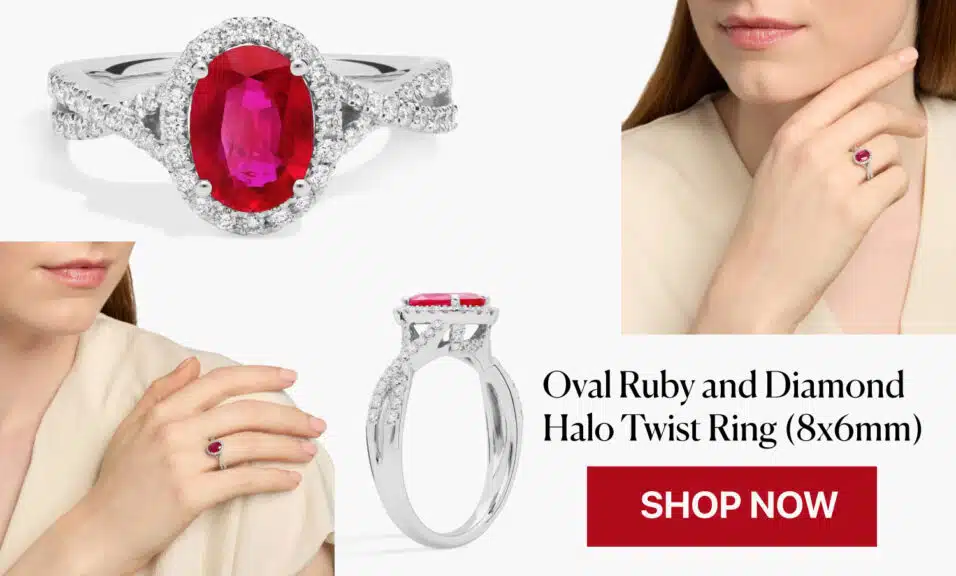
The ideal ruby has a color that is vibrant, intense, and pure. You want a strong, fiery red that isn’t diluted by too much brown or orange. But here’s the insider secret: the “perfect” color is a myth used to sell wildly expensive stones.
Don’t get hung up on chasing a term like “pigeon’s blood.” As we discussed, that label belongs to less than 0.1% of all rubies ever mined and is often used to inflate the price of stones that don’t truly qualify.
So, here’s my practical advice. Trust your own eyes. Your mission is to find a ruby with a color that makes your heart sing, within a budget that makes your wallet comfortable. When you’re looking at a stone, here’s what I want you to do:
- Look at it under different lighting conditions. A great ruby will look fantastic under the jeweler’s bright spotlights, but it should also hold its color in softer, ambient light, and even in shade. Does it maintain its vibrant red, or does it go dark and “sleepy”? A top-tier stone glows everywhere.
- Judge its saturation and tone. “Saturation” is the intensity of the red—think of it as the volume knob on the color. You want high saturation. “Tone” is the lightness or darkness of the color. A stone with a very light tone will look pinkish, and one with a very dark tone can look like a garnet.
The sweet spot is a medium to medium-dark tone where the color is rich but still lets light return to your eye brilliantly.
Find a lively, brilliant red you love. That’s it. That’s the perfect color.
Let’s Talk Inclusions: Why “Flawless” Can Be a Red Flag
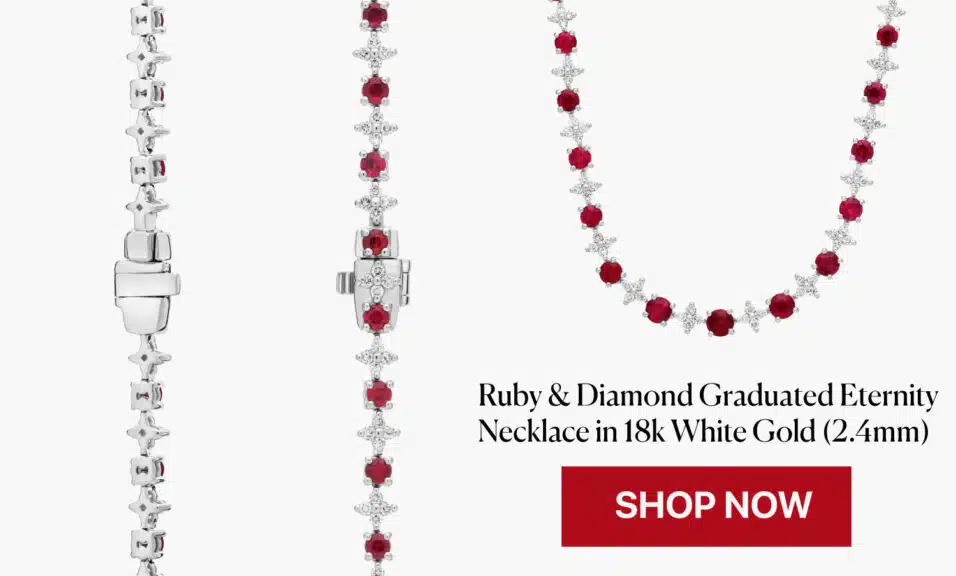
This is a true “eternity” necklace, with a seamless, flawless river of breathtaking rubies. Notice how the stones gently graduate—getting larger toward the front? That’s an incredibly difficult and expensive detail to get right, requiring a master jeweler to perfectly match dozens of stones for color and size. The designer then set these star-like diamond clusters in between each ruby, creating a cascade of scintillating light.
I’m going to tell you something that sounds crazy: if a seller describes a natural ruby as “flawless,” you should be suspicious, not impressed.
From my time in the trade, I can tell you that a natural ruby with zero internal features, or “inclusions,” is so astronomically rare that it’s almost certainly either a lab-grown stone or a piece of red glass. Natural rubies are born in a chaotic, violent underground environment.
They grow with tiny “birthmarks”—other mineral crystals, fine needles, hollow tubes, and internal fractures—that tell the story of their billion-year journey.
These inclusions are not necessarily flaws; they are proof of authenticity. In fact, some inclusions are highly prized. One of the most famous is called “silk,” which refers to extremely fine, intersecting needles of the mineral rutile.
When oriented correctly, this silk can scatter light in a way that gives the ruby a soft, velvety glow and enhances the color’s richness. It’s a beautiful sign of a natural, often unheated stone from a classic origin like Burma.
Of course, not all inclusions are good. You want to avoid large, dark crystals that are obvious to the naked eye, or significant fractures that could compromise the stone’s durability.
The goal isn’t to find a flawless stone; it’s to find an “eye-clean” one, where the inclusions are not distracting and don’t detract from the overall beauty.
The Single Most Important Question for Your Jeweler
If you remember only one piece of advice from this entire guide, make it this. Before you get serious about any ruby, you need to look the jeweler in the eye and ask this direct question:
“What treatments has this ruby undergone? Specifically, is it just heat-treated, or is it lead-glass filled?”
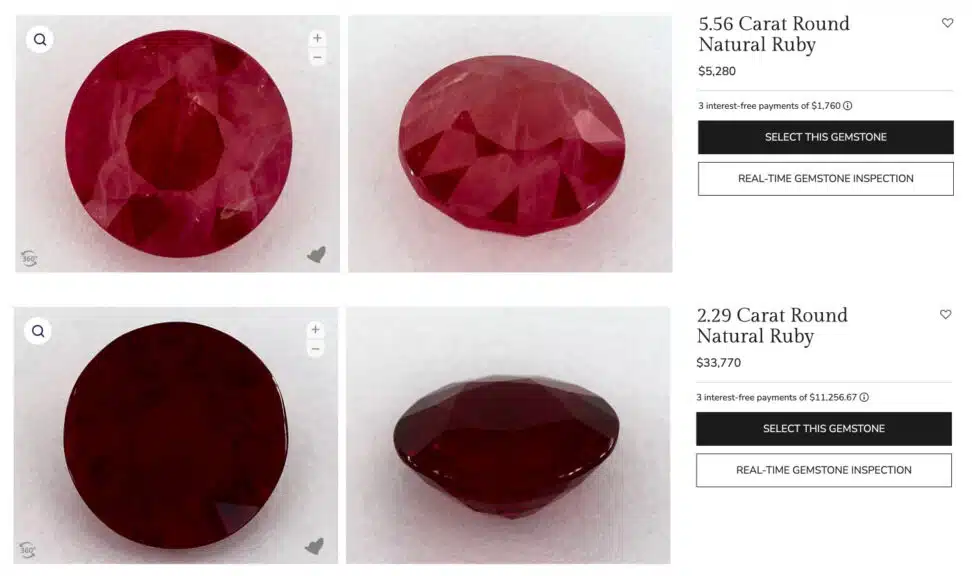
How they answer this question will tell you everything you need to know about the stone’s quality and the seller’s integrity. These two treatments are worlds apart.
- Heat Treatment: This is completely normal and accepted for over 95% of rubies on the market. Think of it like baking a cake; you’re using heat to finish a process that nature started.
The raw ruby is heated to extremely high temperatures, which permanently dissolves microscopic inclusions and improves the stone’s color and clarity. It’s a stable, permanent, and universal practice. A heat-treated ruby is still a genuine, natural ruby.
There is absolutely nothing wrong with buying one. - Lead-Glass Filling (or “Fracture-Filling”): This is a massive red flag. This process takes low-grade, heavily fractured material that is essentially worthless on its own and infuses it with high-lead-content glass.
The glass fills the cracks and mimics the appearance of a much higher-quality ruby. It’s like using spackle and paint to hide huge cracks in a wall—it might look okay at first glance, but it has no structural integrity.
These stones are not durable (a simple splash of lemon juice can damage the filling), they are significantly less valuable, and they require special care. A glass-filled ruby is a composite stone, not a true ruby in the traditional sense.
Unless it is explicitly disclosed and sold for a very low price, you should avoid these at all costs.
Natural vs. Lab-Grown: My Honest Opinion
This topic gets people fired up, but it’s actually very simple. There’s no wrong answer here, but there is a right answer for you and your values. This is about choosing between rare history and accessible perfection.
- Natural Rubies are a finite treasure created by the Earth over billions of years. Each one is unique, with its inclusions and quirks telling a geological story. Their value comes from this rarity and romance. When you buy a natural ruby, you are buying a piece of our planet’s history.
- Lab-Grown Rubies are created by humans in a controlled environment. But let’s be clear: they are not fakes. They have the exact same chemical, physical, and optical properties as a natural ruby. It is the same material, just with a different origin story.
So, how do you choose? Here’s how I break it down for my clients:
| Factor | Natural Ruby | Lab-Grown Ruby |
| Price | Significantly higher. Rarity commands a premium. | Significantly lower. You can get a larger, higher-quality stone for the same price. |
| Appearance | Will have natural inclusions. Perfect stones are incredibly rare and expensive. | Often visually flawless and has a top-tier color that would cost a fortune in a natural stone. |
| The Story | The romance of owning a rare piece of the Earth’s history. | The marvel of modern science, offering perfection and accessibility. |
| Value | A high-quality natural ruby has a history of holding or increasing its value due to its rarity. | Has little to no long-term resale value, as they can be produced in unlimited quantities. |
My take: If you value rarity, history, and the potential for long-term value, and your budget allows for it, a natural ruby is a beautiful choice. If your priority is getting the biggest and most visually stunning ruby for your money and you don’t mind that it was made by science instead of by the Earth, then a lab-grown ruby is an absolutely fantastic and intelligent option.
This is where reputable online sellers are changing the game. Places like Blue Nile and James Allen are excellent for exploring both options because they are incredibly transparent. They clearly label every stone as “Natural” or “Lab-Created” and provide high-definition, 360-degree videos for you to inspect the color and clarity yourself.
You can put a 1-carat natural ruby next to a 1-carat lab-grown ruby on their sites and instantly see the difference in price and appearance. It’s the most empowering way to understand the trade-offs and decide what truly matters to you.
Gifting a July Birthstone: Ideas That Go Beyond the Obvious
Choosing a piece of jewelry for someone is about telling a story. It’s about so much more than just picking something pretty. When you gift a ruby, you’re giving a piece of history, a symbol of passion, and a token of protection. The key is to match the piece and its intention to the person and the occasion.
Here are a few ideas to get you thinking beyond the obvious, focusing on the why behind the gift.
- For a Classic Birthday: For a July birthday, you want something timeless and personal. A gift that says “I thought of you” without being overly complicated. This is where simple elegance shines. Think about a delicate necklace with a single, beautiful ruby.
It’s something they can wear every day as a personal emblem. Or, consider a pair of classic ruby stud earrings that add a flash of that fiery red to any outfit. It’s a direct, beautiful, and deeply personal way to honor their birth month. - For a Milestone Anniversary: An anniversary, especially the 15th or 40th, calls for something with more gravity. You’re not just celebrating a day; you’re celebrating years of shared history. This is the perfect time for a more significant piece, like a stunning ruby ring.
I especially love designs that incorporate small accent diamonds. To me, the ruby represents the deep, enduring passion of your relationship, while the diamonds symbolize the strength and brilliance of the life you’ve built together. It’s a powerful statement piece loaded with meaning. - For a New Parent: This is one of my favorite, most meaningful occasions to gift a ruby. Becoming a parent is an act of profound love and fierce protection. A ruby, with its ancient symbolism of vitality and guardianship, is the perfect talisman for a new mother.
It’s a symbol of her own strength and a token of protection for her new child. Consider a simple and practical piece like a ruby pendant necklace—something beautiful she can wear close to her heart without it getting in the way of holding her baby. - For a Friend Needing Courage: Sometimes a gift isn’t for an occasion at all; it’s for a moment. If you have a friend who is starting a new venture, facing a challenge, or just needs a boost of confidence, a ruby can be a personal source of strength.
This is where a more casual piece works beautifully. A simple ruby bead bracelet or a small, stackable ring can serve as their own private talisman—a tangible reminder on their wrist that they are powerful, protected, and have someone in their corner who believes in them.
Can’t Do Ruby? Your Best Alternative July Birthstones
Alright, let’s be realistic. A high-quality ruby is one of the most expensive gems in the world, and its fiery, intense personality isn’t for everyone. If you’re a July baby but don’t feel a connection to ruby—or your wallet doesn’t—you are not out of luck.
Before the jewelry industry standardized birthstone lists in the early 20th century, ancient cultures had their own varied traditions. These lists were often based on astrology, seasons, or spiritual beliefs, and they give us some incredible and meaningful alternatives for July.
The Other Traditional Stones: Carnelian & Onyx
These two stones are the most historically significant alternatives, appearing in many ancient birthstone calendars. They offer a completely different energy than ruby, but are just as deeply connected to the month of July.
Carnelian
If ruby is a bolt of lightning, carnelian is the warm, glowing ember that remains.
- Its Connection to July: Carnelian was tied to July because its warm, fiery orange-red color perfectly captures the essence of the mid-summer sun and heat. It was seen as a gentler, more accessible version of ruby’s fire. Ancient Arabic and Tibetan traditions often listed carnelian as a primary stone for this time of year.
- History and Meaning: This is a stone with a serious resume. It’s a variety of chalcedony (a type of quartz) that was beloved by the ancient Egyptians, who saw it as a symbol of life and renewal. Roman officials used it for signet rings to stamp documents because wax doesn’t stick to its smooth surface.
For centuries, it has been a stone of action, courage, and creativity. While ruby is the gem of kings, carnelian is the gem of the architect, the artist, and the leader who needs to motivate their team. It’s believed to boost confidence, spark creativity, and give you the courage to take the first step. - The Quick Facts: Carnelian is durable (about a 7 on the Mohs scale) and relatively affordable, making it a fantastic and practical choice. Its color ranges from a pale orange to a deep, rich reddish-brown, and it often has a beautiful, translucent glow when held up to the light.
Onyx
Where ruby projects fiery energy outward, onyx builds a fortress of strength inward.
- Its Connection to July: The link here is one of balance. Many old Roman and Italian birthstone lists designated onyx, particularly black onyx, for July. The idea was to bring the cool, protective calm of the night to balance the intense heat of the day. It’s a stone of grounding and focus in a month often associated with high energy.
- History and Meaning: Onyx has always been a stone of inner strength. Roman generals carried onyx talismans engraved with heroes like Mars to give them courage in battle. It’s a stone that is believed to absorb and transform negative energy, helping to prevent the drain of personal energy.
It’s associated with self-control, focus, and wise decision-making. If you’re looking for a stone to help you stay calm and centered under pressure, onyx is your ally. - The Quick Facts: Also a variety of chalcedony, onyx is famous for its rich, deep black color. It’s important to know that most of the uniform black onyx you see on the market today has been dyed, which is a stable and permanent treatment that has been standard practice for centuries. It’s a durable and affordable gem perfect for everyday wear.
The Modern Alternative: Turquoise
While not on the most common traditional lists, turquoise is recognized as a spiritual birthstone for July and offers a completely different personality.
- Its Connection to July: Turquoise provides a cooling, calming counterbalance to the fiery sun. Its serene blue-green color is like looking into a calm pool of water on a hot summer day. It offers a vibe of tranquility and peace, making it a perfect choice for someone who wants to soothe, rather than amplify, the high energy of the season.
- History and Meaning: Turquoise is one of the oldest stones known to man. It was treasured by ancient Egyptians (King Tut’s burial mask is famously inlaid with it) and revered by Native American cultures as a sacred stone connecting the sky and the earth.
It is universally seen as a stone of healing, protection, and wisdom. It’s believed to be a powerful talisman that brings peace of mind and encourages clear, honest communication (it’s tied to the Throat Chakra). If ruby is a shot of espresso, turquoise is a calming cup of tea. - The Quick Facts: Turquoise is an opaque mineral with a color ranging from sky blue to green-blue. It often contains veins of its host rock, called a “matrix,” which makes every single stone unique. Here’s my practical, advocate advice: turquoise is a much softer stone (5-6 on the Mohs scale).
It needs more gentle care and is better suited for pendants, necklaces, and earrings rather than a ring you’d wear every single day.
So, Where Do You Go From Here?
We’ve covered a lot of ground together—from ancient battlefields to the microscopic world inside a single gemstone. We’ve talked about what the July birthstone means, what gives it its fire, and how it connects to your story.
But all of that history and knowledge boils down to a few simple truths when you’re ready to buy. My only goal with this guide was to put you in the driver’s seat, and if you remember just two things from our conversation, please make it these:
- Let Your Eyes Be the Judge: Forget the fancy, intimidating labels like “pigeon’s blood.” The most valuable ruby in the world is the one with a brilliant, fiery red color that you fall in love with and that fits your budget. Trust your own taste above all else.
- Ask the One Critical Question: Please, I can’t stress this enough. Before you ever hand over your money, ask the jeweler directly: “Is this ruby just heat-treated, or is it glass-filled?” Your confidence in the answer will tell you everything you need to know about the stone’s quality and value.
The world of gemstones can feel exclusive and confusing, but it doesn’t have to be. It’s a world of beauty, history, and incredible stories that belong to everyone.
Now you know more than 99% of the people out there who walk into a jewelry store. You know what to look for, the right questions to ask, and the red flags to watch out for.
Go find something beautiful.
Your Questions, Answered (FAQs)
I get asked questions about rubies all the time. Here are my straight-up, honest answers to some of the most common ones.
Here are some additional birthstone guides to explore:


